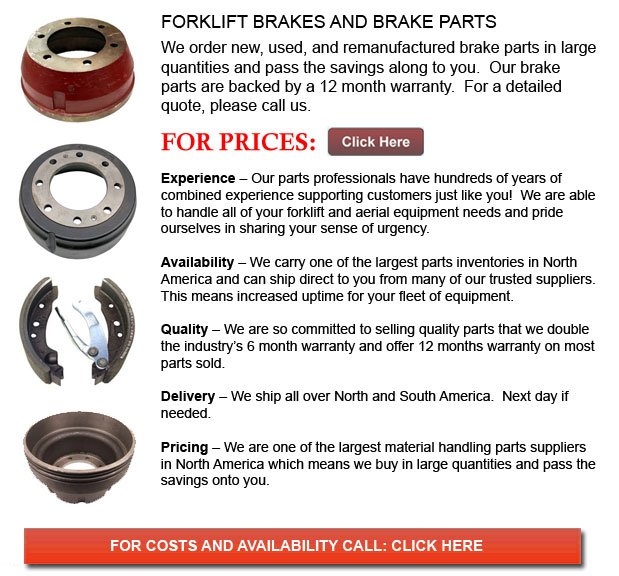
Forklift Brakes - A brake drum is in which the friction is provided by the brake pads or brake shoes. The shoes or pads press up against the rotating brake drum. There are some various brake drums kinds with certain specific differences. A "break drum" will normally refer to whenever either pads or shoes press onto the inner exterior of the drum. A "clasp brake" is the term used so as to describe if shoes press against the outside of the drum. One more kind of brake, referred to as a "band brake" makes use of a flexible band or belt to wrap all-around the outside of the drum. If the drum is pinched in between two shoes, it can be known as a "pinch brake drum." Like a typical disc brake, these kinds of brakes are quite uncommon.
Early brake drums, prior to nineteen ninety five, needed to be constantly adjusted to be able to compensate for wear of the shoe and drum. "Low pedal" can cause the needed modifications are not performed satisfactorily. The motor vehicle can become hazardous and the brakes could become ineffective if low pedal is mixed along with brake fade.
There are some various Self-Adjusting systems designed for braking offered these days. They can be classed into two separate categories, the RAD and RAI. RAI systems are built in systems which help the tool recover from overheating. The most popular RAI makers are Lucas, Bosch, AP and Bendix. The most famous RAD systems include Volkswagen, VAG, AP, Bendix and Ford recovery systems.
The self adjusting brake will normally only engage if the vehicle is reversing into a stop. This method of stopping is suitable for use where all wheels use brake drums. Disc brakes are used on the front wheels of vehicles today. By working only in reverse it is less probable that the brakes would be adjusted while hot and the brake drums are expanded. If adapted while hot, "dragging brakes" could happen, which increases fuel expenditure and accelerates wear. A ratchet mechanism which becomes engaged as the hand brake is set is another way the self adjusting brakes could function. This means is just appropriate in applications where rear brake drums are used. When the emergency or parking brake actuator lever exceeds a specific amount of travel, the ratchet developments an adjuster screw and the brake shoes move toward the drum.
There is a manual adjustment knob situated at the bottom of the drum. It is usually adjusted through a hole on the other side of the wheel and this requires going underneath the lift truck using a flathead screwdriver. It is of utmost importance to move the click wheel correctly and tweak each and every wheel evenly. If uneven adjustment occurs, the vehicle can pull to one side during heavy braking. The most efficient way so as to ensure this tiresome job is completed carefully is to either raise every wheel off the ground and spin it by hand while measuring how much force it takes and feeling if the shoes are dragging, or give every\each and every one the exact amount of clicks utilizing the hand and then perform a road test.
![]() Click to Download the pdf
Click to Download the pdf
Forklift Parts
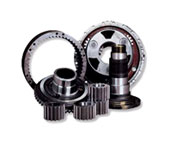
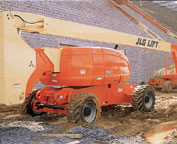
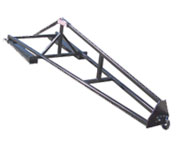
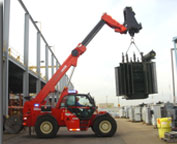
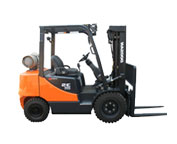
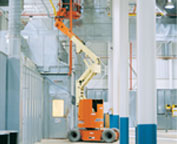
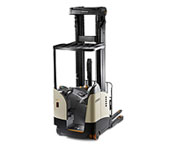
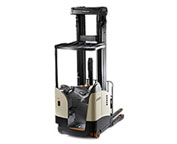
Lift Parts Express
TOLL FREE: 1-888-695-7994
Jonesboro, Arkansas
forkliftpartsjonesboro.com
Email Us
About Us


